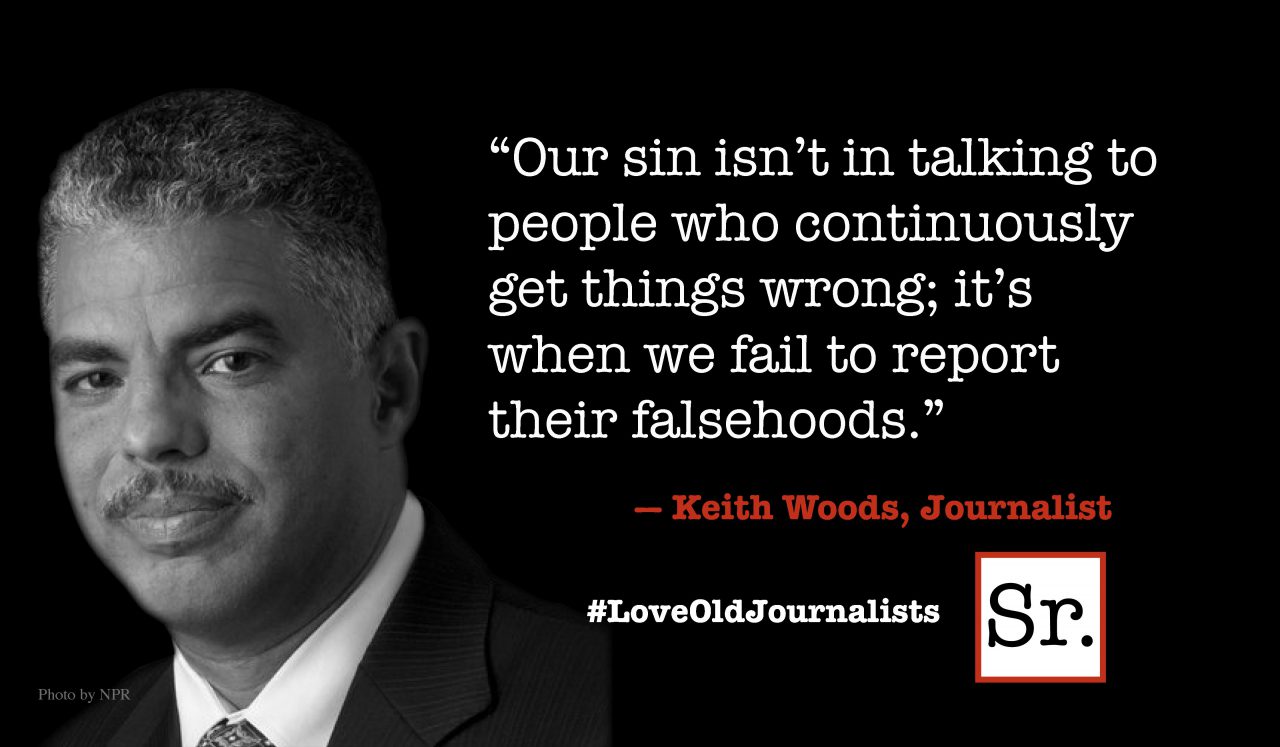He or she is the leader who is constantly thinking about tomorrow — not the next week, the next month, the next quarter or even the next year. The future these leaders envision is the one they choose to create; their tomorrow will be a business ‘lotus land’ that is poles apart from an unwelcomed future determined by their competition, a future that inevitably forces defensive reactivity. Proactivity is the secret to long-term success. Those who get to the future first, are the ones who win.
Apple has been adept at the vision game for a quarter of a century. More recently, Google saw an idyllic future in organizing the world’s information and making it readily assessable to the masses. Little more than a decade of web brilliance and we have an enterprise generating $38 billion in revenues. Steve Jobs and Larry Page took note of the environment in which their companies would operate but fretted little about it. A few nasty years of economic woe in America and Europe could not dampen Apple or Google’s growth. That’s because success for Page and Jobs hinged on the strategic choices they made — primarily which products and applications to bet on.
Looking to the next 10 years of the 21st century, there is no question that the business, social, political, economic and technological environment will be very different. Great CEOs will deal with the challenges of these ever-changing environments and continue to lead the march forward with compelling visions, insightful strategies and flawless execution. To be unaware of, or to discount changing environments would be a leadership mistake.
Prudent 21st century CEOs will not only stick-handle through the environment of the day; they will incisively pinpoint, and fervently leverage the critical success factors of the company and industry in which they operate. As with any other era, whether the year is 1998 or 1968, the range of personal attributes required to be a Chief Executive Officer must align with the type and state of that enterprise and industry. Peering into the future by a decade, I expect to see little change in the definition of leadership. How CEOs prioritize and exercise the principles of great leadership forever hinges on the needs and the conditions of the enterprise they lead.








